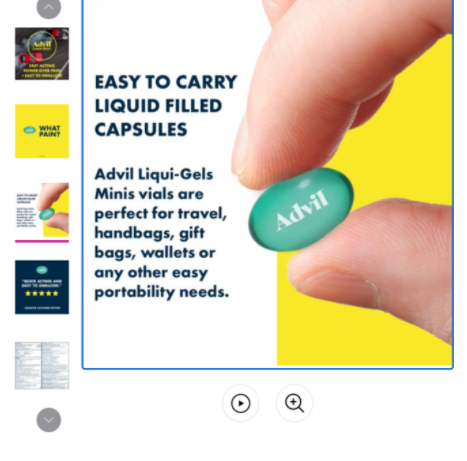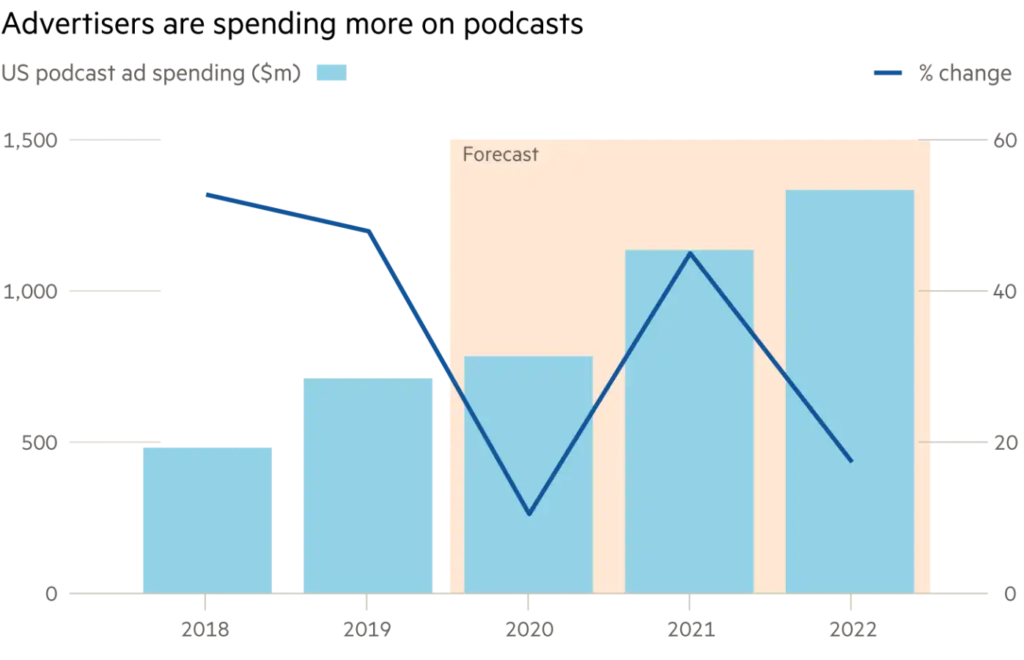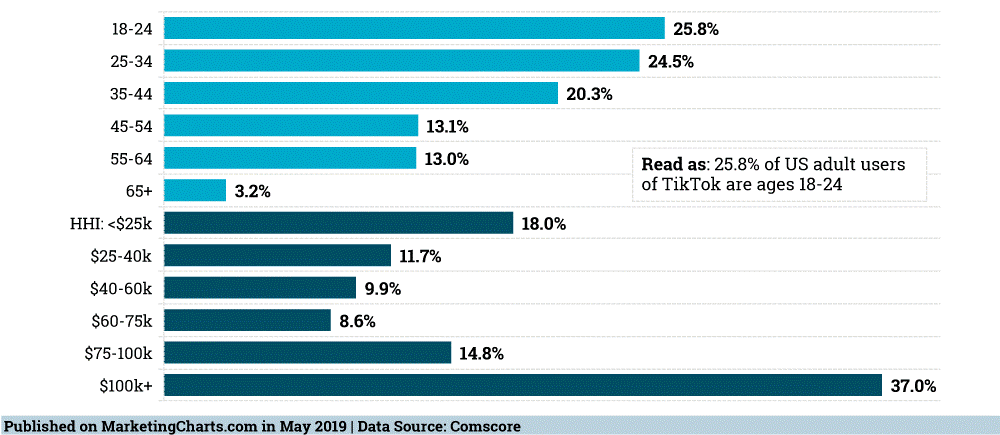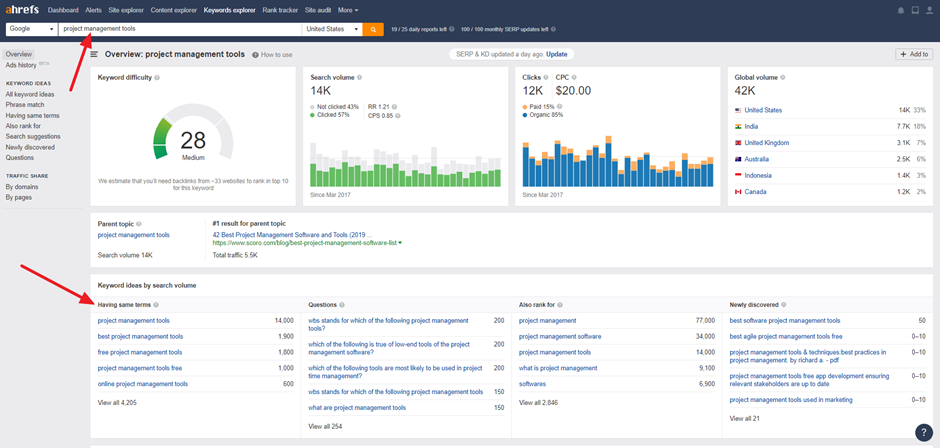What are SEO KPIs?
While KPIs are objective metrics that help to measure and provide clarity into the success of your organization or campaign, search engine optimization (SEO) key performance indicators (KPIs) are standards used by marketing teams to measure the performance of their website for organic search results. This analysis can help determine top performing pages, top converting keywords, and areas of your website that need optimization.
In running a business, monitoring the right KPIs is the best way to avoid expending resources on action(s) that isn’t yielding the anticipated result or driving the expected profit. By tracking the right performance metrics, your SEO strategy becomes more effective than ever.
What are the most important SEO KPIs you should track when measuring the success of your SEO and digital marketing efforts? These are metrics that give you an overall view of how your SEO efforts are paying off, allowing you to demonstrate the impact you are having while also spotting any issues before they turn into problems.
Important SEO KPIs You Should Track
1. Organic traffic
This KPI measures how many visitors come to your website from organic search results. It’s one of the most important metrics to consider, as its growth denotes you reached the main SEO objective: growing the number of people seeing and visiting your website. With Google Analytics, you can easily track daily searches in your site traffic. However, it is important to know that your organic traffic is split between branded vs. non-branded traffic.
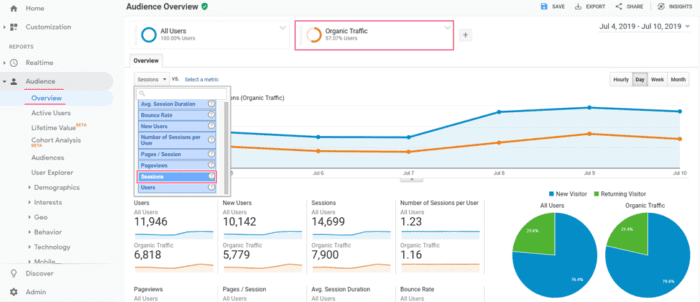
Source: Google Analytics
While branded traffic is usually driven either by previous knowledge of your business or a referral, non-branded traffic is usually people searching for keywords around your products or services that you prominently rank.

Source: SEMrush
2. Backlinks
Links are one of the most highly rated metrics considered by SEO experts and content marketers due to their apparent significance in ranking. Backlinks constitute one of Google’s top three ranking factors; therefore, your SEO strategy should revolve around acquiring links.
Knowing the current quality of your link profile is important (both in terms of your earned links, as well as any issues with the appearance of toxic links). Therefore, some important link metrics that should be considered when tracking include toxic links, the total number of backlinks and referring domains, the number of links earned, and links lost.
To do these, backlink analysis tools such as SEMrush backlink analytics, Serpstat’s backlinks analysis tool, Moz link explorer, and Ahrefs are useful.

Source: SEMrush
3. Conversions (Sales and Leads)
The tracking and measurement of organic conversions such as sales or leads is another significant approach to demonstrate success. Although an increase in organic conversions can easily be attributed to your efforts. However, before embarking on a campaign, it is important to note the prior conversion benchmark so that during the final assessment, you can clearly differentiate between the conversions generated.
A recommendation is to take an average of conversions generated in the three months before your campaign began and use this as a benchmark for measuring growth. Also, you can track conversions in Google Analytics, measuring goals for lead conversions and the eCommerce report to track sales by channel.

Source: SEMrush
4. Search rankings
Search rankings are a critical KPI because it directly correlates with your SEO success. The higher you get in search positions, the closer you are to accomplishing other SEO objectives such as traffic, leads, and conversions.
Also, it is important to track how your main target keywords are ranking on the search engine results pages (SERPs). In the past, most businesses tracked a handful of keywords and hinged their strategy’s success on that; the reality is that nowadays, a single page of content can rank for hundreds (sometimes thousands) of different keywords. And that is not forgetting personalized search where different searchers can see different results for some queries.
To monitor how your search positions for the target keywords are changing, such tools as SEMrush, Ahrefs or Serpstat are useful. All you need to do is to enter your domain, select the type of SERP (you need organic results), import the list of keywords, and start rank tracking.

Source: SEMrush
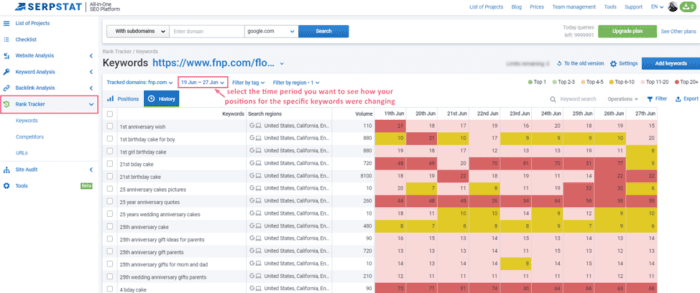
Source: Serpstat
5. Search visibility
One important KPI that you can track and measure to show consistent growth is organic visibility. Search engine visibility indicates how often your domain is shown in search results for the keywords it’s ranking for.
In tracking search visibility, the positive dynamics become evident even before your site starts attracting visitors. This score can be a key driver for all your SEO-based activity. Search engine visibility score is particularly valuable when monitoring the early results of website optimization.
To track the visibility dynamics, Google Search Console is a veritable tool to observe the growth in impressions.
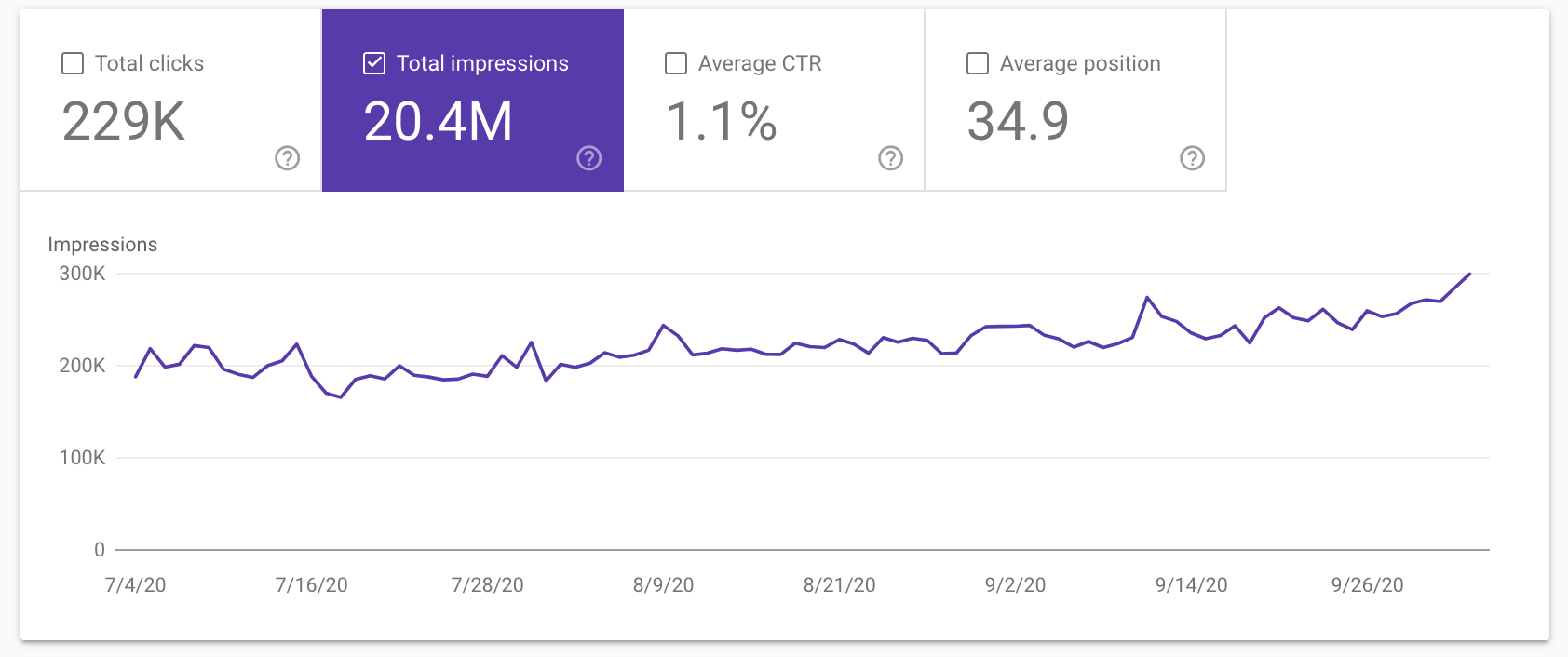
Source: Google
An increase in impressions shows an increase in organic visibility and a great measure of continued growth.
6. Bounce Rate
Bounce rate is one of the metrics that is considered by the search engines as a ranking factor because it measures the percent of your site’s visitors who bounced from your website without taking any action. While it is an important KPI that measures how engaging your content is to the visitors who land on the page, it is also a way to rate the page’s relevance in the search queries that it is ranking for.
A typical bounce rate should range from 40 to 60%. Where the percentage is too high, it is an indication of the page’s irrelevance to the search query. Therefore monitoring your pages’ bounce rate becomes critical. Using your Overview Report on Google Analytics is a way to identify results in high rates and adopt different approaches to reduce it
7. Organic Click-Through-Rate (CTR)
CTR is a simple metric that shows the percentage of people who click on your page after their search triggers an impression — the higher, the better because high CTR equals high traffic. Low CTR will tell search robots your site doesn’t meet users’ expectations, which may result in lower rankings.
Due to the fact that it is an important search engine ranking parameter, you should be tracking your CTR both at a page-level and a query-level. By tracking your organic CTR, you can discover why your high impressions don’t result in significant traffic and you consequently fix the problem.
To track your CTR, Google Search Console is a useful tool. Here, you can analyze the CTR of your own pages and queries under the performance report.
8. Coverage Issues
This is an important KPI that should be monitored regularly to keep your site safe. Some examples of these coverage issues include 5xx server errors, 4xx errors, crawl anomalies, No index pages, crawled – currently not indexed, discovered – currently not indexed, duplicate (submitted URL not selected as canonical), blocked by robots.txt, etc.
Although this may not be considered a direct measure of success, however maintaining errors to the barest minimum helps you to be in control of anomalies that could cause indexation and crawling problems.
Google Search Console can be used to track some of these coverage issues as shown below.
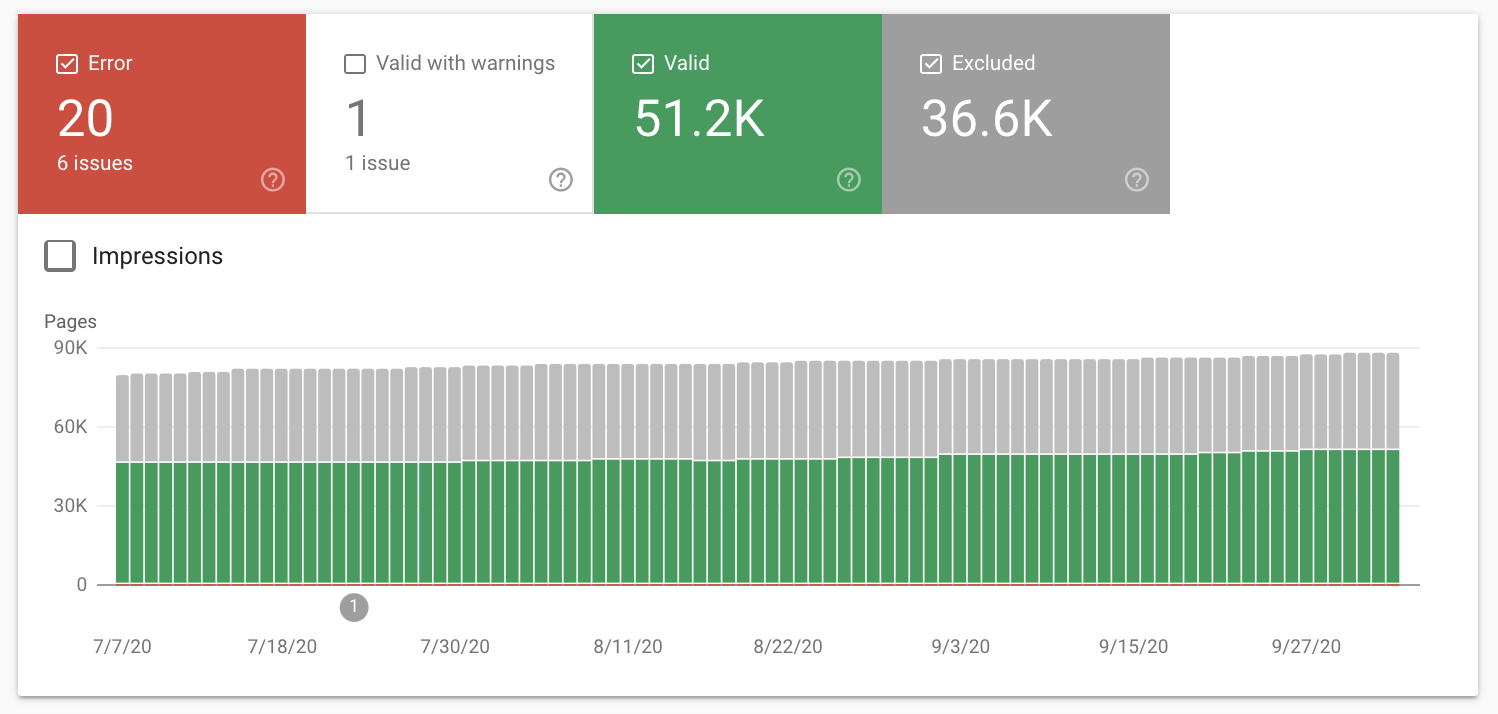
Source: Google Search Console
9. Average Session Duration
This measures the average length of a visit to your website. This is an important KPI because it indicates the quality of your site content and how incentivized users are to stay and click deeper into the site architecture. An observed drop-in session duration usually indicates a change and consequently, optimizations are to be made to forestall the decline.
While a reasonable benchmark for average session duration is between 2 to 3 minutes, a good average session duration should be any time beyond 3 minutes. Therefore, a continued focus on prominent and clear call-to-actions (CTAs) to convert this captive audience into a lead or customer becomes a significant assignment. Tracking of the average session can be done with Google Analytics.
10. Return on Investment (ROI)
The ultimate goal of an SEO strategy for any brand or business is to drive a return on investment. Although it can take time to see an ROI from your SEO activities, tracking it is important for the simple reason that it is one of the best measures of success that there is.
Having knowledge of your ROI target, you can measure your performance against this standard on a regular basis, understanding and reporting on how it is improving. Consequently, you can measure ROI based upon your investment in SEO, and the revenue returned from the channel.
11. Page Load Time
Page load time is an underlying contributor to most of the metrics discussed so far and as such is a very important KPI. The speed of your site is something that can negatively impact both your search rankings (and resultant traffic) and your conversions, and it pays to keep close attention to this.
Tracking this metric is easy because its measurement is obvious. It’s either the load time of your site is slow or fast. However, PageSpeed Insights is a free tool offered by Google to help you analyze your website’s performance and see suggestions on how to make it better.
In the event where a site is very slow to load, you’re less likely to explore pages deeper on the site. You’re also probably less likely to convert because your first interface with the visitor has been unsatisfying.
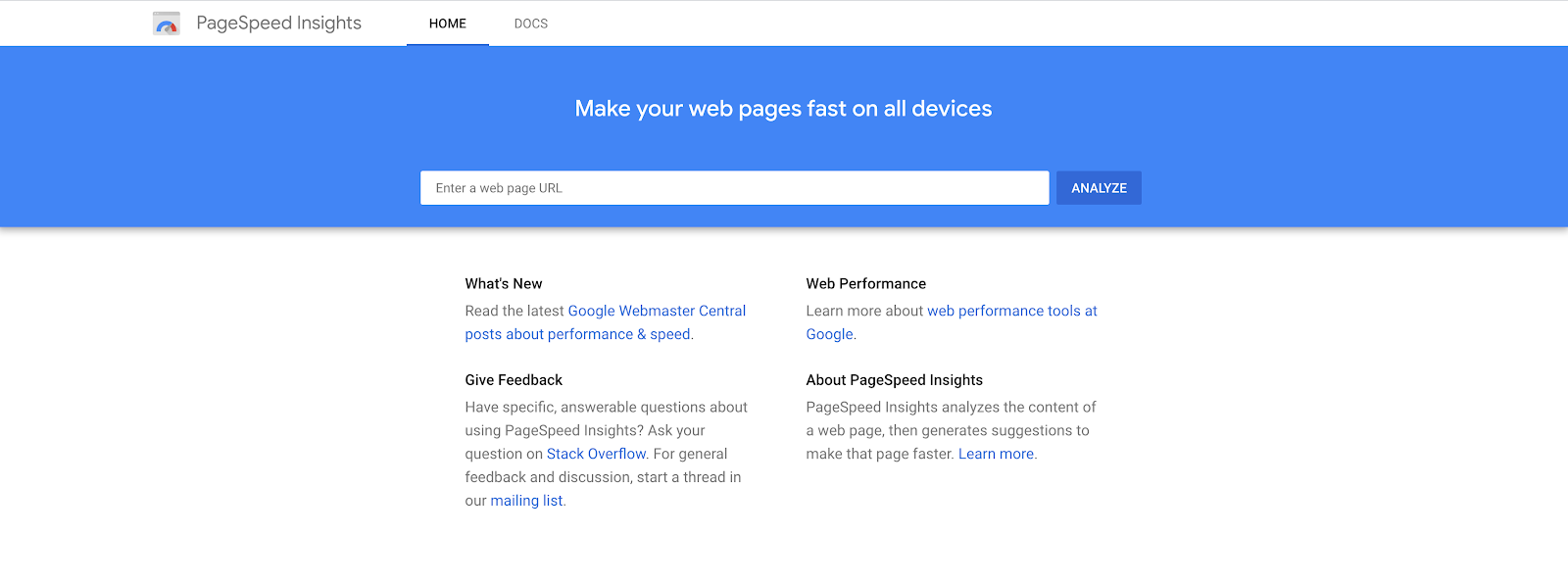
Source: Google
Conclusion
While it may be difficult to track all the KPIs at once, it will be wise to select the individual set of KPIs based on your project goals. To optimize your tracking, specify your goals, define your budget, and work with the right tracking tools.

